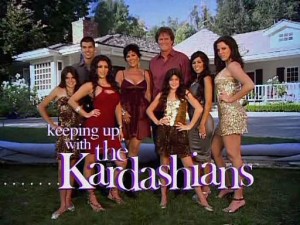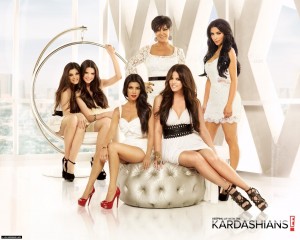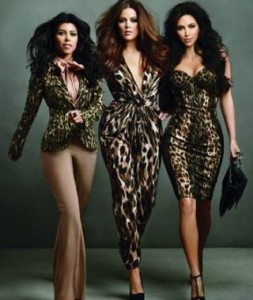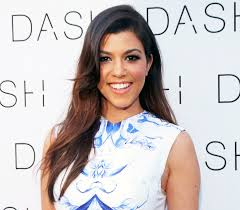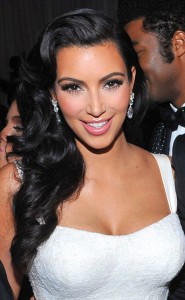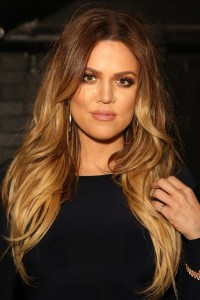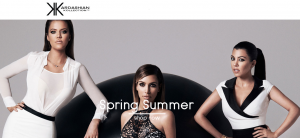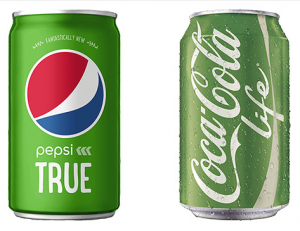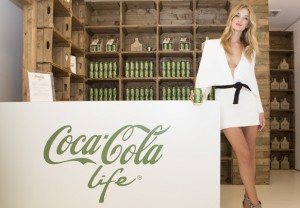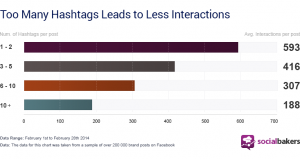How are we able to judge the quality of companies’ social media pages? One of the clearest ways, user engagement. Easier said than done, how is this achieved? Here are 5 techniques we can learn from Converse
1. Location. Do you know which platform is more commonly used by your target market? If you do, embrace it. If you don´t, find it! But remember you do not have to be in every social network out there. You must locate those platforms that best match your brand/company communication objectives, research their audience and establish your presence. Converse has certainly found their correct platforms where their target market is located: Pinterest, Instagram, Google+, Vine, Twitter, but by far the most successful, Facebook. With 40,858,837 likes on their page, Converse is the fashion Brand that has the most Facebook page likes in the fashion industry and high level of engagement with over 76,000 people talking about the brand.

However, one of my biggest criticisms for Converse´s social media is that they do not adapt their content to the different platforms. As the social networks they locate themselves are relatively similar, they just post the same content that they use on FB, not giving customers a reason to be curios and active on their other platforms. My opinion, adapt your content to each platform and their users! For example: LinkedIn users expect professional content, whereas Instagram’s want quality and entertaining images.
2. Relocation of budget. Although not realistic to spend big $ for some companies on activities that interest your audience such as the Converse Rubber Tracks Recording studio, that not only helps artists create their music but also generates brand advocates plus engaging content. What is realistic is creating content that is relevant for your target market. Not just that promotes the product/service you sell, but something that goes beyond that and inspires. For instance, a local sushi restaurant that wants to increase their social media presence. Don´t just post a picture of a tasty sushi role, post the story behind it. The team that has created it, the customer that tried it for the first time and loved it.
3. Flexibility. Use current happenings to your advantage. Draw on this and use it for your content creation of that day. Be up to date. For example secondhand selling pages started to joke about selling the blue and black dress or must I say white and gold, adapt this to your brand.
4.Listen to your customers.Social media is the fasted medium to receive customer feedback. Use this to your advantage! Hear EVERYTHING your customers have to say about you, the good, bad and evil. Then, make changes based on the feedback.
5.Test, measure, analyze – REPEAT. What is the optimal time when your posts have most impact? Have you got your own hashtag that people can post about when they use your product/service? Is this hashtag popular? Do customers use it? For example Converse´s Chuck Taylor shoe is promoted with #ChuckTaylor both by the company and customers who want to share with the world their favorite sneakers. AB test constantly, and improve based on these results. This is a never ending cycle.
Conclusion: Manage your social media well and aim to obtain brand/company advocates. Social media today is synonymous with word of mouth.


